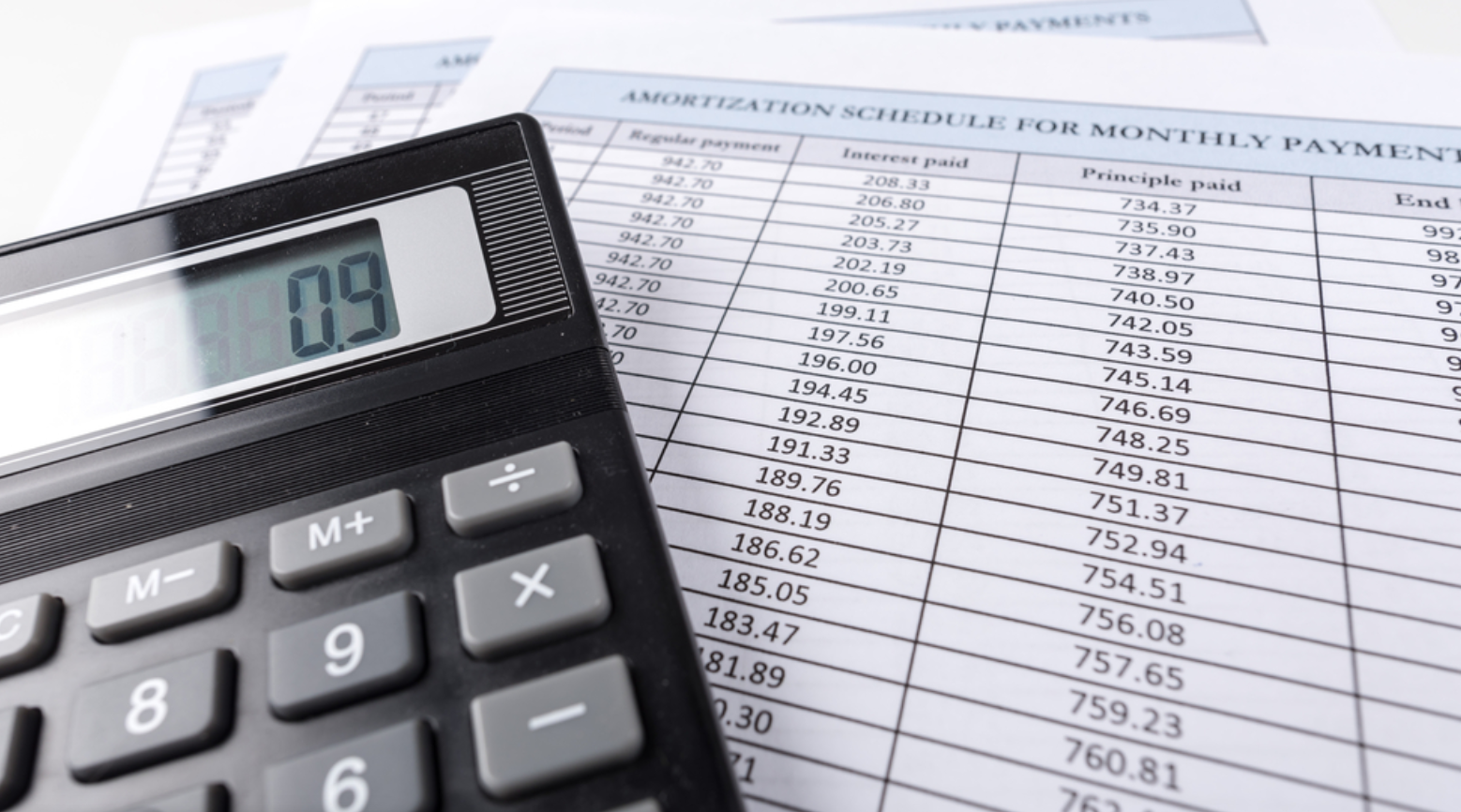Interest Only vs Amortized Payment Schedules
Understanding repayment schedules is key to investing smart and making sure your money works for you in the most lucrative ways possible. Especially when investing in real estate, it’s important to take the time to fully grasp all aspects of your investment - particularly the parts that involve how you’ll get a return on your money.
Let’s take a look at how payment schedules may look in terms of interest only vs amortized payment schedules, so you can be confident you’re making the right move when it comes to your investments. Here, we’ll cover:
- The differences between these two repayment types
- Some of the main advantages and disadvantages
- How to calculate interest only payments and amortization schedules
- And more
What is an Amortizing Payment?
An amortizing repayment is a periodic debt repayment option that returns equal payments over a determined amount of time. During the time an investment is active, investors receive consistent, equal and timely payments as defined in an amortization schedule. This allows for your investment amount, plus the interest on your investment amount, to be completely settled by the end of the term.
With amortized interest, while you’ll be paid equal amounts each month, what the money is credited to technically first goes toward interest, and then toward principal. The portion that goes toward the principal is what brings the loan balance down. Assuming it’s a fixed rate loan, amortized payments make it possible for a borrower to pay down both the principal (amount borrowed) along with the interest on the loan at the same time in one, fixed monthly payment amount. With each future payment, less goes toward interest and more goes toward the principal.
Amortized Repayment Schedule
An example of an amortized repayment schedule can help explain more concretely. To make it simple, let’s say you invest $25,000 in a 10% opportunity that’s set for 12 months. At the end of the year, after 12 equal monthly payments, your investment, plus the interest you earned, would be repaid.
An amortization schedule is essentially just a table that shows how much of each payment goes toward the principal, how much goes toward interest, the term to maturity (how much time is left) and what the new balance of the loan is.
|
MONTH |
PAYMENT |
INTEREST PAID |
PRINCIPAL PAID |
BALANCE |
|
1 |
$2,198.00 |
$208.00 |
$1,990.00 |
$23,010.00 |
|
2 |
$2,198.00 |
$192.00 |
$2,006.00 |
$21,004.00 |
|
3 |
$2,198.00 |
$175.00 |
$2,023.00 |
$18,981.00 |
|
4 |
$2,198.00 |
$158.00 |
$2,040.00 |
$16,942.00 |
|
5 |
$2,198.00 |
$141.00 |
$2,057.00 |
$14,885.00 |
|
6 |
$2,198.00 |
$124.00 |
$2,074.00 |
$12,811.00 |
|
7 |
$2,198.00 |
$107.00 |
$2,091.00 |
$10,720.00 |
|
8 |
$2,198.00 |
$89.00 |
$2,109.00 |
$8,611.00 |
|
9 |
$2,198.00 |
$72.00 |
$2,126.00 |
$6,485.00 |
|
10 |
$2,198.00 |
$54.00 |
$2,144.00 |
$4,341.00 |
|
11 |
$2,198.00 |
$36.00 |
$2,162.00 |
$2,180.00 |
|
12 |
$2,198.00 |
$18.00 |
$2,180.00 |
- |
What is an Interest Only Loan?
An interest only loan is exactly what it sounds like - it’s a loan where the payments only cover the interest accruing on a loan. Unlike amortized payments that pay down both interest and principal, interest only payments do not work to pay down the loan balance.
At the end of an interest only loan term, a borrower has a few options, including paying what’s known as a “balloon payment,” refinancing into a new loan structure or another option, which we’ll discuss more below.
Fully Amortized vs Interest Only Payments
Whereas amortized schedules include paying on both interest and principal, interest only loans can often have lower monthly payments because the borrower is only paying on interest. The caveat here, though, is the balance of an interest only loan does eventually need to be paid off. As noted, this can be done in a lump sum (that balloon payment we just talked about) or the loan can be converted to an amortizing loan with bigger monthly payments that puts money toward the principal as well as the interest. Borrowers also have the option to refinance into a new type of loan, where they’ll also begin paying down the principal on top of the interest.
Advantages & Disadvantages to Interest Only Payments
As with most things related to finance and investments, there are a number of pros and cons to interest-only payments. Understanding them can help you feel confident in determining if an investment type is in line with your risk tolerance. Why would you want an interest-only loan?
Advantages
- Great for investors looking for a high cash-on-cash yield on their investment
- Potential for buyers to get into more expensive properties
- Lower monthly payments for borrowers
- Typically low costs all around
- Good for short-term property
Disadvantages
- Principal investment is tied up for the life of the investment
- Not great for investors who want liquidity as a goal
- Risky (can be underwater, where the property is worth less than the loan or investment amount)
- No equity
- Temporary

